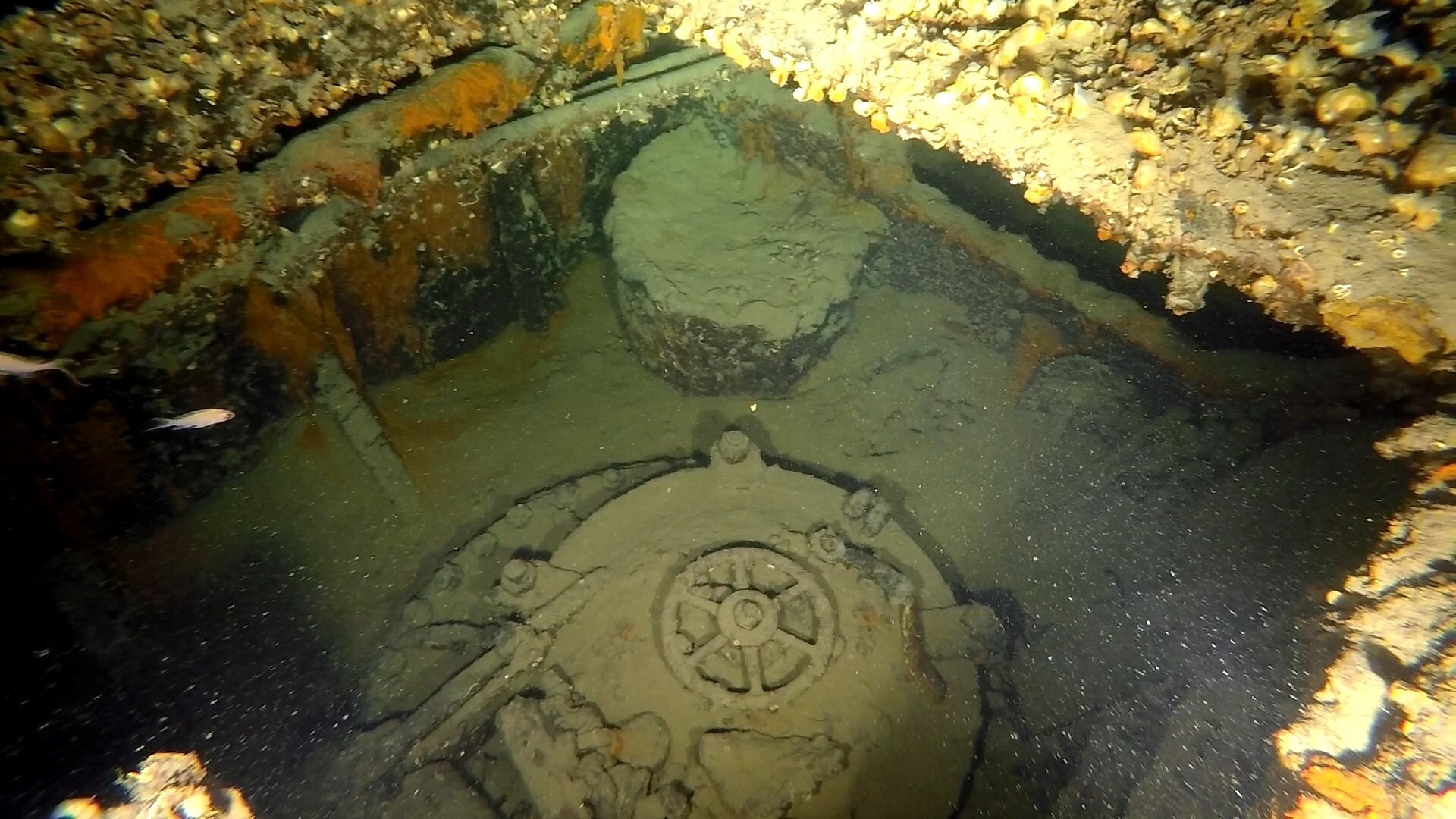
The wreck of a British World War II submarine that helped usher in the era of special military operations has been found off the coast of Greece, where it sank in 1942.
Veteran Greek diver Kostas Thoctarides announced in a Facebook post last week that his team had discovered the wreck of HMS Triumph in the Aegean Sea, at an undisclosed location "ten of kilometers" off Cape Sounion and at a depth of about 666 feet (203 meters.)
The wreck's closed hatches and retracted periscope indicate that the sub was diving when it sank, Thoctarides said.
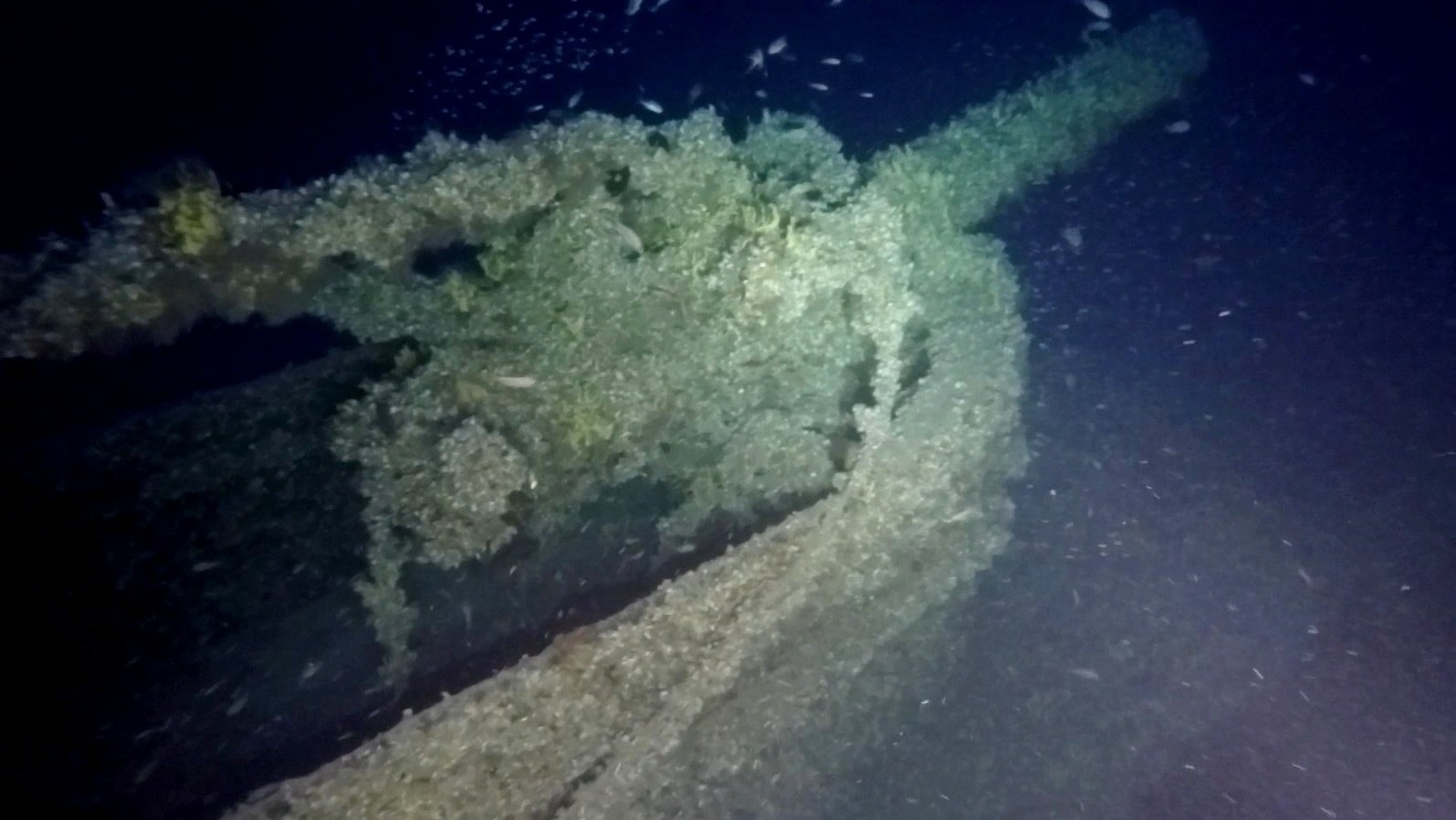
One of the search team members, Rena Giatropoulou Thoctarides, told Live Science that the fore section had been badly damaged by an explosion that almost certainly sank the submarine. But it wasn't clear if that explosion was external — perhaps from a depth charge or naval mine — or internal, which means it could have been caused by an explosion by one of the sub's own torpedoes.
The team is now working with submarine and torpedo experts to "give us the answers we are looking for," she said in an email.
Related: 30 incredible sunken wrecks from WWI and WWII
Special operations
HMS Triumph launched in 1938 and completed more than 20 missions during WWII, including attacks on Axis ships and submarines in the Mediterranean Sea. But the vessel is best known for its roles in covert operations, including the rescue of several Allied soldiers trapped in North Africa and an infiltration into Greece — then enemy territory — of British intelligence officers to help the resistance there.
Among other missions, in 1941, the submarine carried Capt. Bill Hudson, an officer with the British Special Operations Executive (SOE) in secret to the Axis-held Serbian port of Petrovac, on the Adriatic Coast, to aid Yugoslav partisans — one of the first SOE missions and a forerunner of all special military operations since.
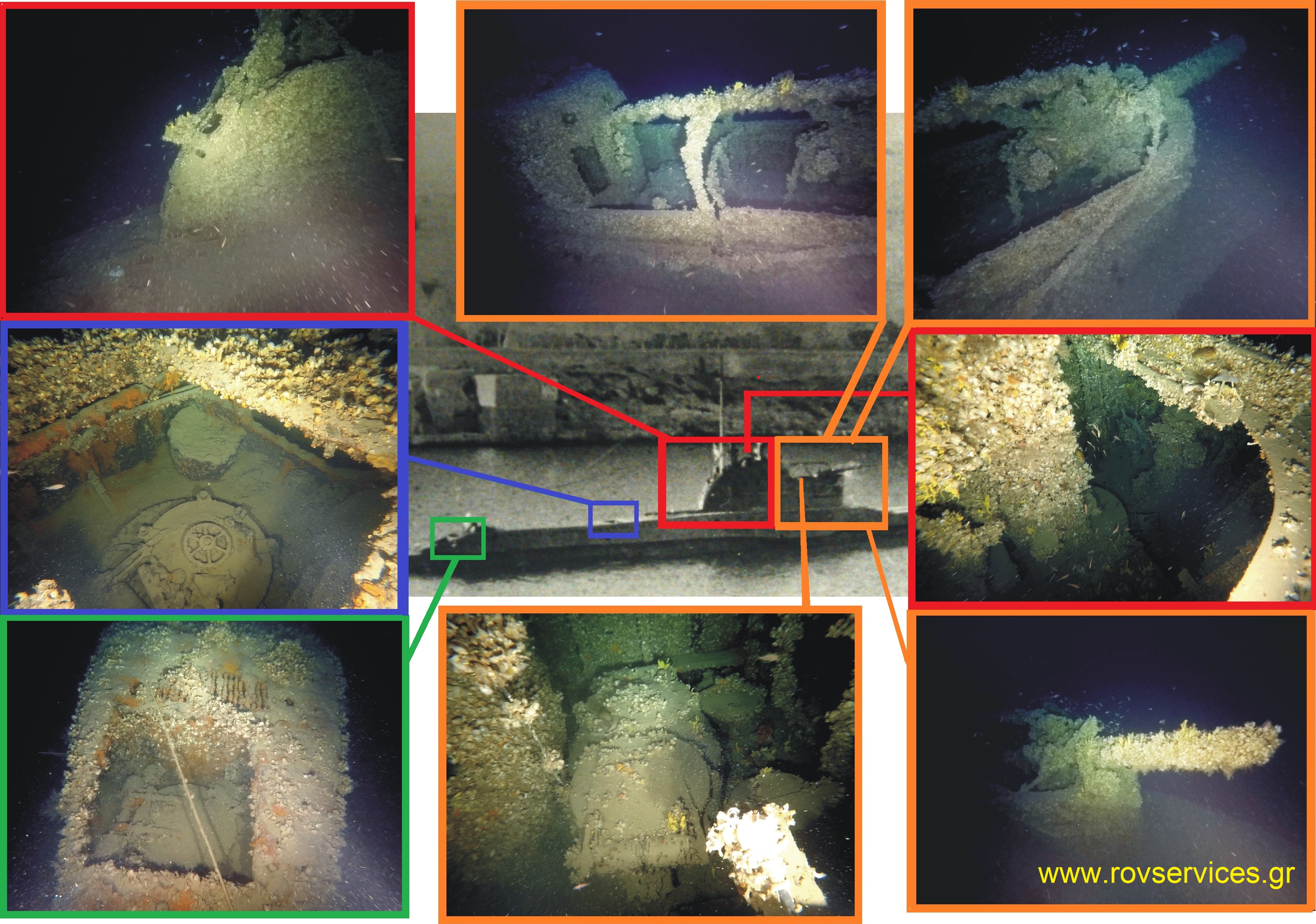
Thoctarides and his team have been searching for the Triumph wreck for more than 20 years. "The story of Triumph is complex and unique in naval history and is inextricably linked to the Greek resistance and the secret services that operated during the days of the Italian-German occupation," Giatropoulou said.
They'd already located the wrecks of four submarines — including HMS Perseus in 1997 — but finding HMS Triumph was "extremely difficult," she said. "Most of the time was in bad weather and with very strong underwater currents."
One of the keys to success was using a remotely-operated underwater vehicle, or ROV: "At a depth of 203 meters and with such strong currents, divers cannot work," she said.
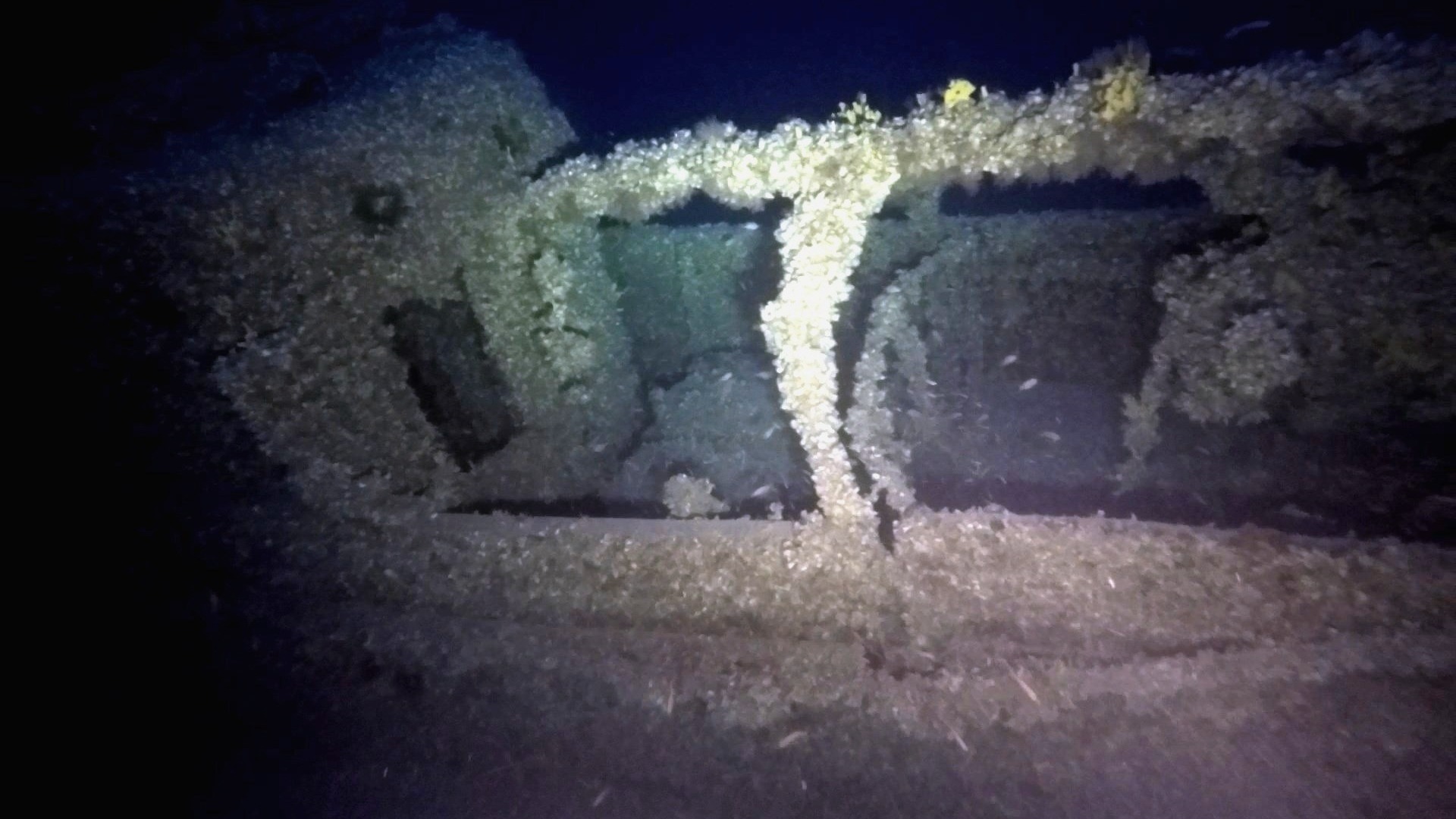
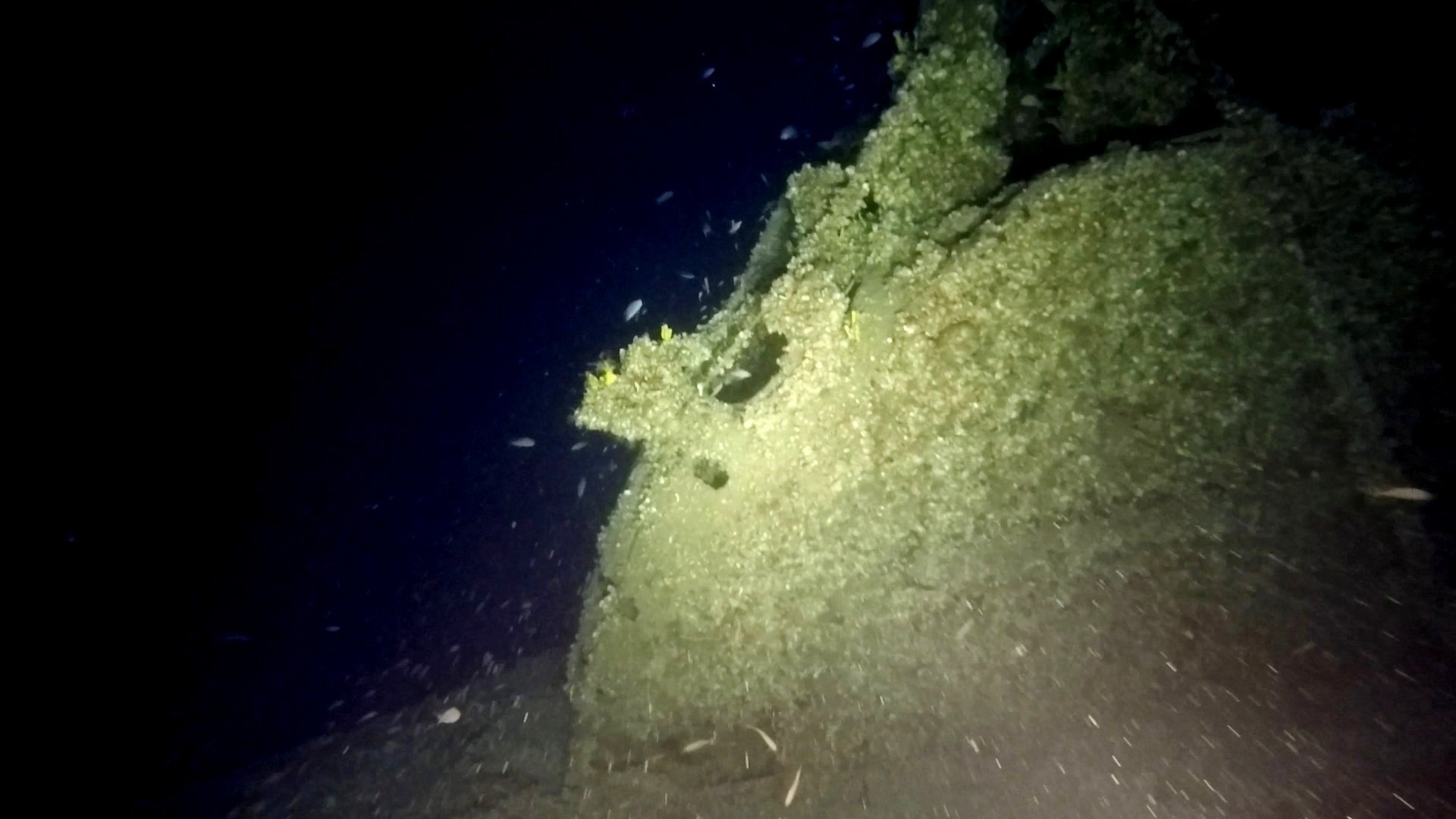
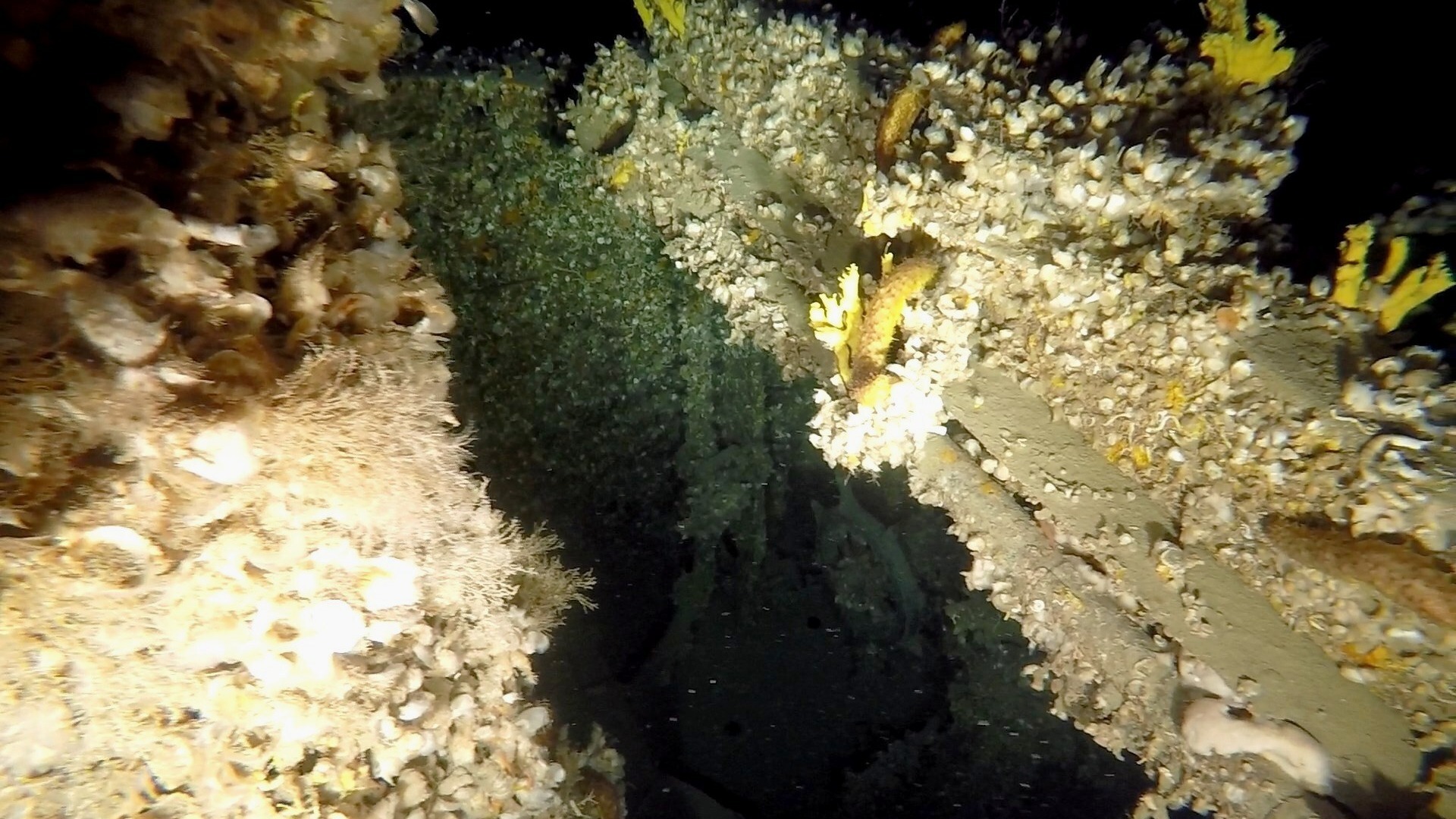
Lost at sea
According to naval records, Triumph secretly sailed into Despotikos Bay, off an island near Antiparos in the Cyclades, in December 1941.
On Dec. 30, the sub sent an encrypted message reporting that it had dropped off a British military intelligence team, and it was then scheduled to rescue more than 30 British escapees from nearby Antiparos on Jan. 9.
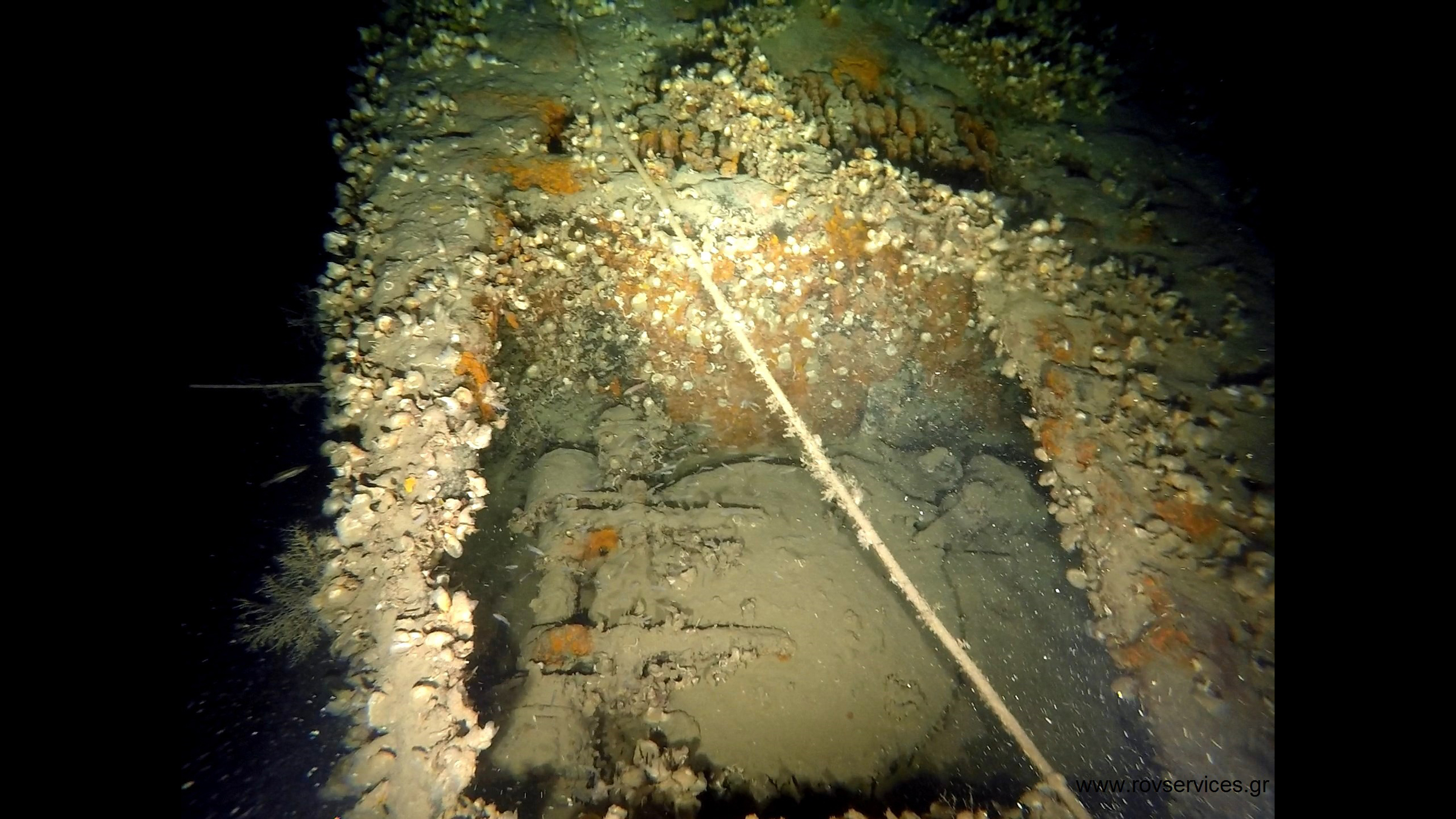
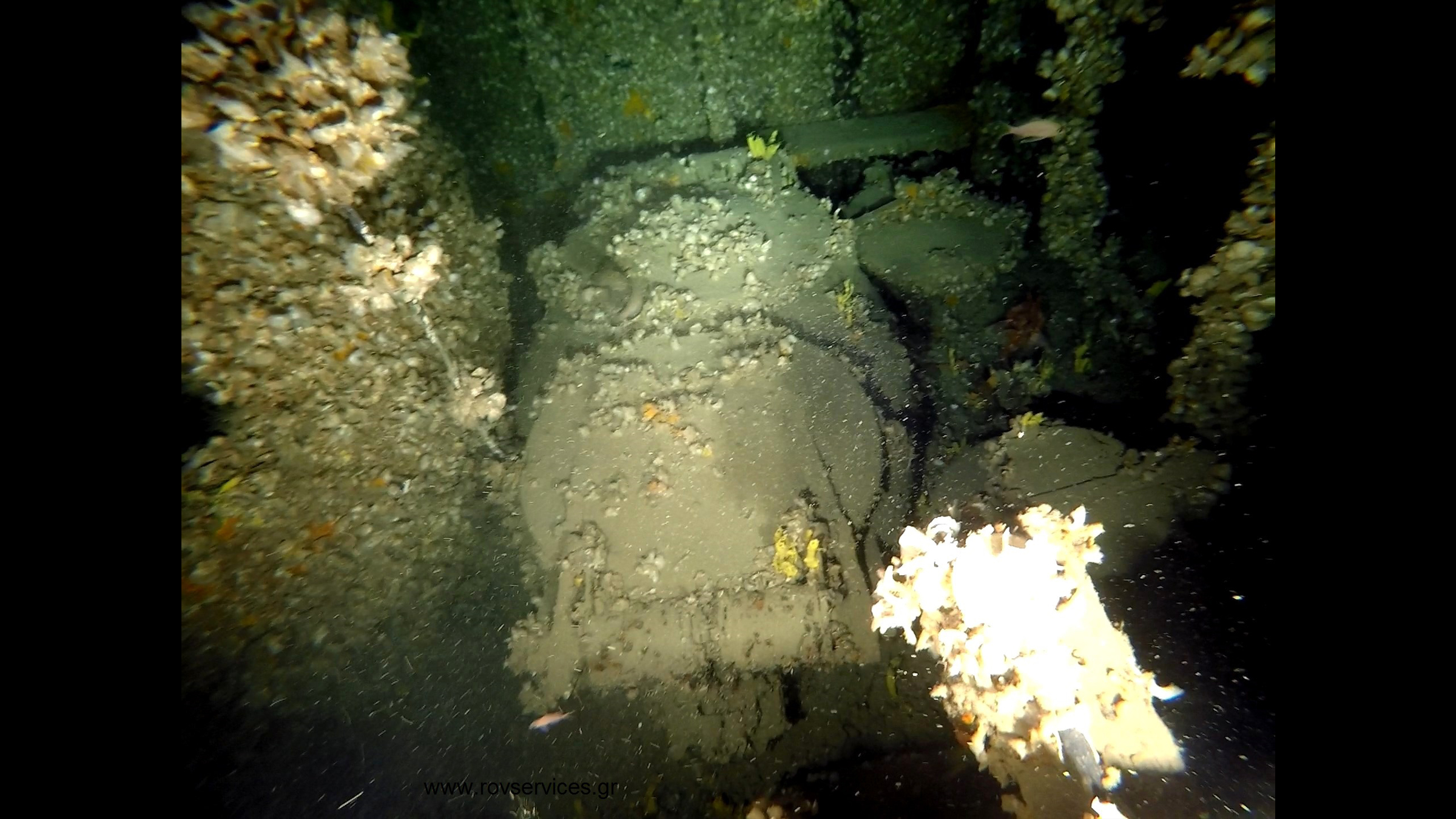
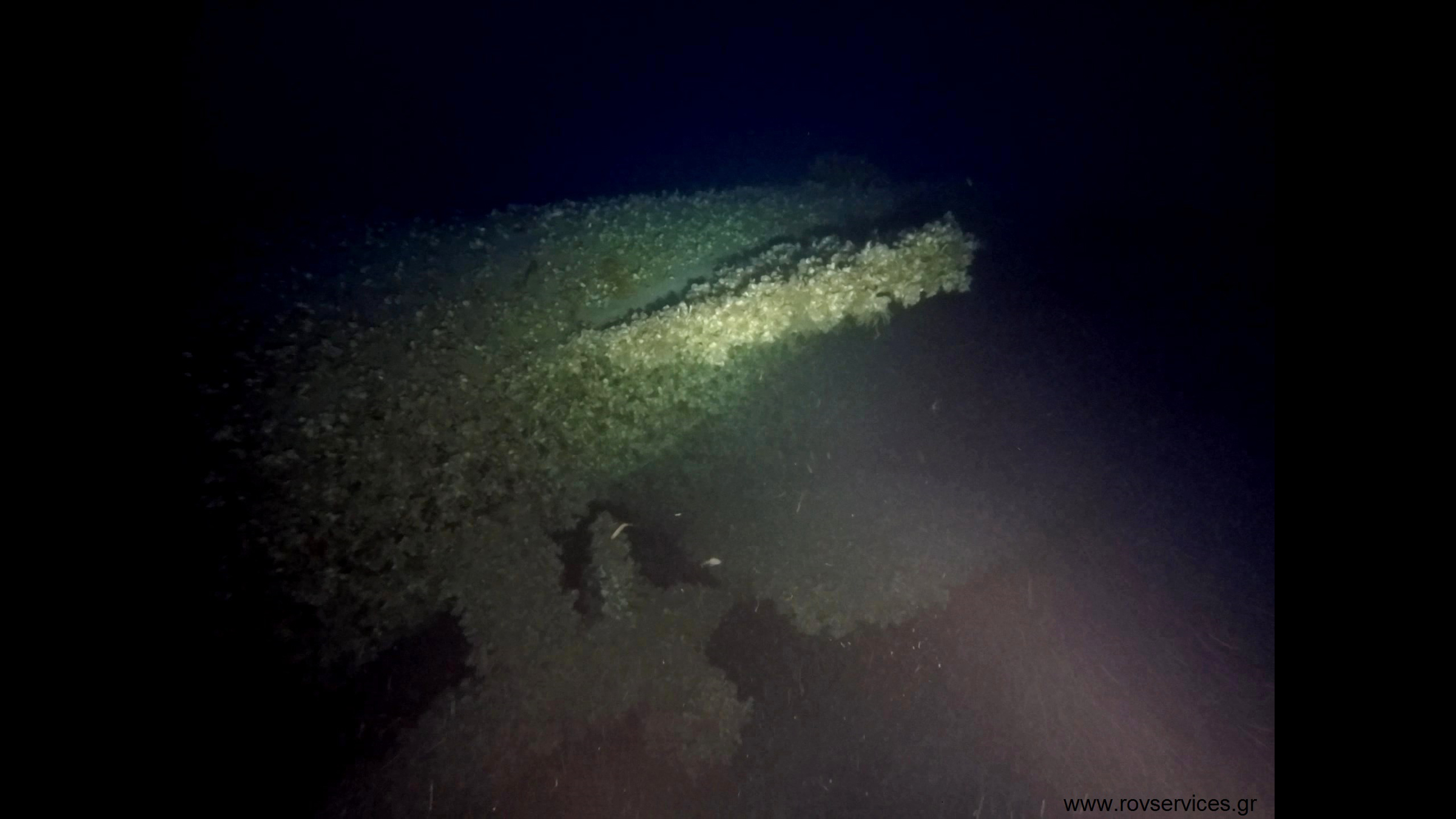
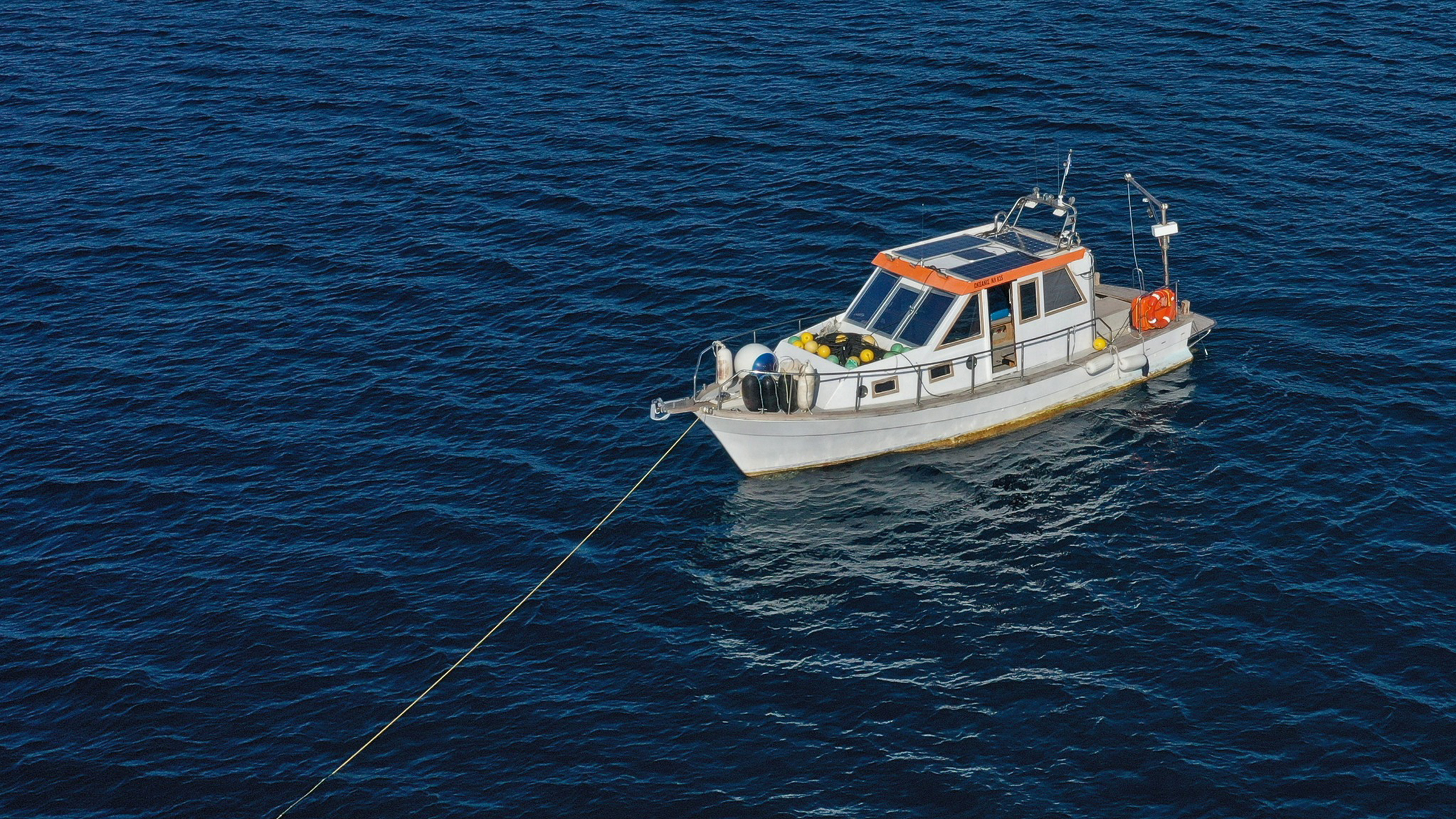
But the Triumph never showed, and the escapees were arrested. On Jan. 23, 1942, the Royal Navy listed the submarine as missing at sea, with 64 crew on board.
It seems the crew died in the sinking. "My opinion is that all 64 heroes are in the submarine, as they were in a deep dive and all hatches are closed," Giatropoulou said. "HMS Triumph must be treated with the respect and sanctity it deserves as a maritime war grave."
Likewise, it's important to notify the families of the lost crew, said Timmy Gambin, a maritime archaeologist at the University of Malta who wasn't involved in the Triumph search but led the discovery of the wreck of HMS Urge, a British WWII submarine that sank off the coast of Malta.
"With the thousands of ships lost in WW2 come a multitude of human stories — not just of the victims but more so about those who were left behind," Gambin told Live Science in an email.







